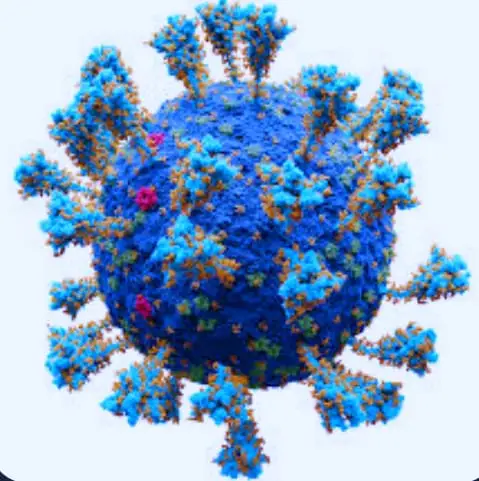Understanding What a Virus Is: Type and Structure
A virus is a submicroscopic infectious entity that can only replicate inside of live cells.
- It is a non-cellular, infectious organism consisting of genetic material and protein that can only infiltrate and replicate within the living cells of bacteria, plants tissue, and mammals.
- For example, a virus is unable to replicate outside of the host cell. This is due to the absence of the necessary cellular machinery in viruses.
- As a result, it enters and binds to a particular host cell, injects its genetic material, reproduces using the genetic material of the host, and then the host cell ruptures, releasing the new viruses.

Cell Structure of Virus
- Viruses are extremely small, with sizes between 30 and 50 nm.
- They often lack a cell wall but are enclosed by a protective layer called a capsid.
- It contains a genetic component and is characterized by the coexistence of the host and the virus.
- The genetic material in them is either DNA or RNA.
- A virion is a full virus particle. The virion must first deliver its DNA or RNA genome into the host cell for the host to express (transcribe and translate) the genome.

Properties of viruses
- They are non-cellular organisms that are encased in a barrier.
- Viruses do not contain any nucleus.
- Viruses are not composed of cells; they cannot maintain a constant condition, they cannot develop, and they cannot produce their own energy.
- Spikes facilitate the virus’s attachment to the host cell.
- These viruses only reproduce; they do not grow, breathe, or metabolize.
- A nucleic acid core made up of DNA or RNA forms the center, and a protein shell called a capsid encases it.
- Viruses are either single or double stranded
- Double-stranded molecules have gaps.
- They can be round or straight.
- Protein molecule binders.
- Distinct pyrimidine and/or purine bases present.
- Ribonucleotides are present in them.
For Further Reading:

